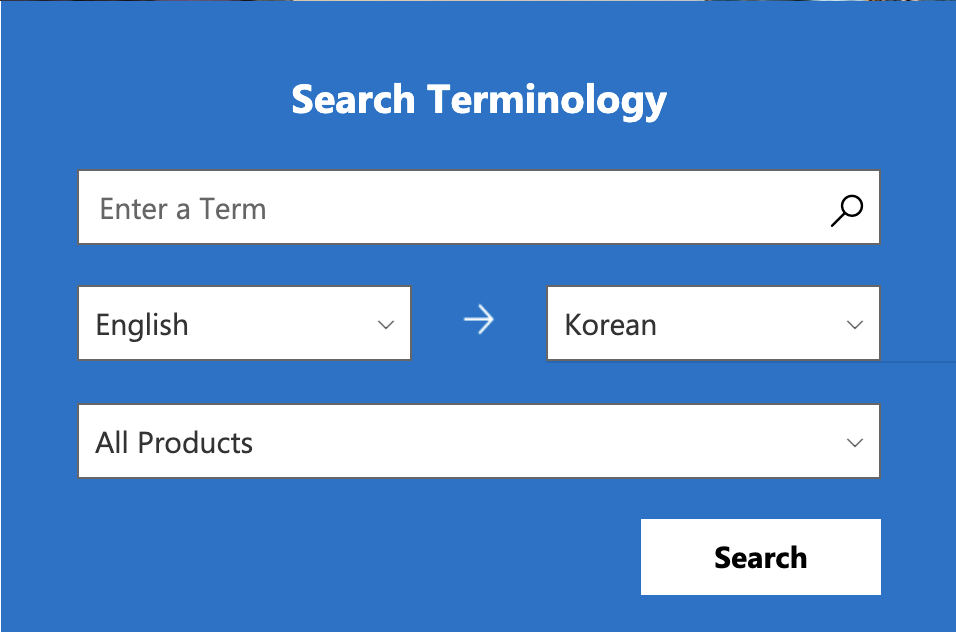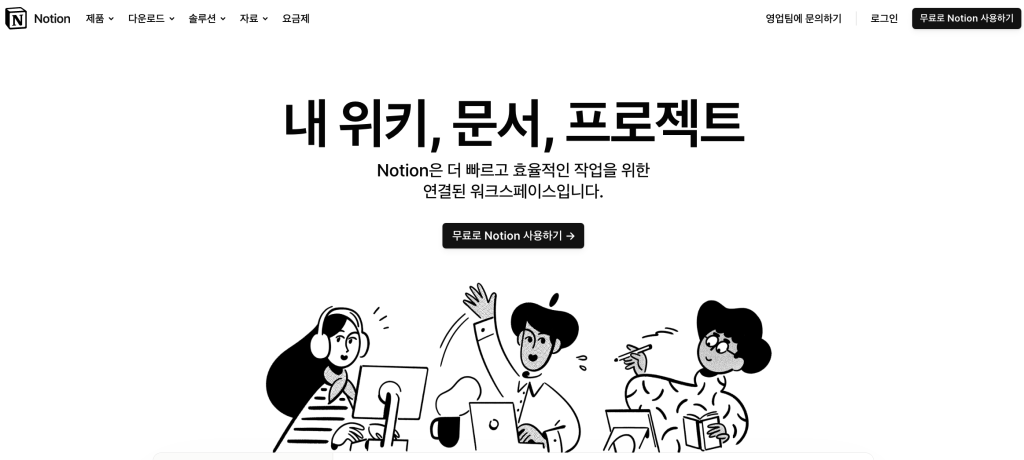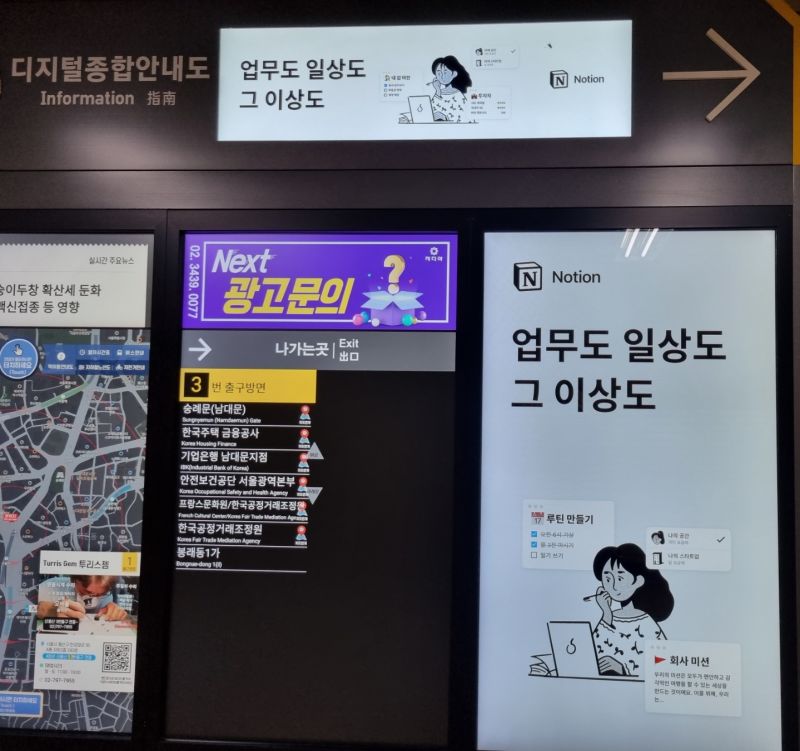
From our years of experience as a translation agency in Korea, we have seen many brands do a great job with their Korean localization efforts. On the other hand, some attempts at adapting content for the Korean market have gone rather awry.
Brand reputation is a big deal in this country, so you want to make sure you get it right the first time.
To help you do exactly that, we have gathered some useful tips and tools to help you succeed in your Korean translation and localization process.
First things first: Why localize for the Korean market?
South Korea. The land of BTS, Squid Game, kimchi, K-Pop, K-Drama, and K-Movies. A consumer society where almost 98% of the population can access the internet.
All of the above can become major opportunities for brands looking to break into the Korean market.
But as the 13th biggest economy in the world as of 2023, the market is competitive. And you won’t get far with just English because, despite the country’s high spending on English education, the population is only moderately proficient in the language.
Even in cases where people are highly proficient in English, multiple studies (like this one from CSA research in 2020) show that people prefer content in their native language—and that language accessibility has a major impact on their purchasing decisions.
This means that to stand out and resonate with audiences in the country, translating your product offerings and content assets into Korean—and doing it well—is a must.
That brings us to Korean localization. Or, if you will, K-Localization.
What are the main issues that affect Korean localization?
You will run into a few of these Korean translation issues, whether you are looking for English to Korean translation or translation from other source languages:
- Cultural nuances: Korean culture has many nuances that are difficult to emulate when the source text was developed for another language and culture. For example, Korean has a complex system of honorifics that affects how people structure sentences and use words in relation to the status of the other person. It can be difficult to accurately convey these nuances when translating from English to Korean, or any other language where such honorific speech rules do not exist.
- Sentence structure: Similar to honorifics, the Korean language uses topic markers and a subject-object-verb sentence structure that makes the language very different from English. In most (if not all) cases, would need a proficient native translator of the language to navigate the subtleties and express meanings accurately.
- Vocabulary and terminology: Korean and English have different vocabularies and terminologies—especially in technical fields. Using the wrong terms or unfamiliar vocabulary can result in confusion or misinterpretation.
- Market-specific preferences: Korean consumers may have a specific preference for methods and styles in products, services, and marketing messaging. For example, live commerce is huge in South Korea these days—and it pays off to have a professional local partner advise you on the channels where you can reach your target audience in the country effectively.
- Trends: Korean has many rules that should be adhered to, but don’t forget that it is also a constantly evolving language. It incorporates and repurposes vocabulary from other languages to take on new meanings (for example, do you know what fighting means in Korean?). Not only that, grammar rules are always changing in accordance with how people actually use the language.
Four tips to succeed at Korean market localization (+ the best tools)
1. Follow the standard rules for writing foreign words in the Korean alphabet
Loan words are a major part of the Korean language, especially IT-related words—most of which originate from English. As a result, the Korean government has set out some standardized rules for how to express these words in Hangul, the Korean alphabet.
Find regulations for Hangul at the National Institute of the Korean Language here.
Steps for searching the database:
1. Enter your word in the 외래어 표기법 section (for example: writer)

2. The results will show you the standardized way to express your chosen word in Hangul.

By using this database, you will avoid making common mistakes like the ones in the table below.
| English | ✅ Korean – Correct | ❌ Korean – Incorrect |
| Access | 액세스 | 억세스 |
| Application | 애플리케이션 | 어플리케이션 |
| Column | 칼럼 | 컬럼 |
| Content | 콘텐츠 | 컨텐츠 |
| License | 라이선스 | 라이센스 |
| Message | 메시지 | 메세지 |
| Template | 템플릿 | 템플렛 |
2. Use Korean spellcheckers
To make sure your Korean texts are grammatically accurate, make sure your Korean translator refers to the National Institute of the Korean Language. The database has all the updated rules for the correct use of the language.
If you’re ever in doubt, run your texts through these spellcheckers:
3. Refer to the terminology collections

Struggling to build your tech glossary? Microsoft offers a terminology collection of localized terms used across their products.

Naturally, existing client glossaries always take precedence. However, when none exists, this database is useful to refer to for Korean localization of technology and UI interfaces in particular.
4. Partner with professional translation services
If this is your first pivot into the Korean market, partnering with professional language service providers can offer several benefits—especially if you’re short of resources and time.
First and foremost, professional LSPs have the expertise required to accurately and effectively translate content into Korean, ensuring that your message is conveyed clearly and accurately to your target audience.
They also have an in-depth understanding of Korean culture and customs and knowledge of the latest translation tools, which is essential for localizing content in a way that resonates with Korean consumers.
Expert translation agencies like JOEL Localization can help you with:
- Translation, editing, and proofreading by a native speaker;
- Recruiting and training linguists with expertise in your field;
- Interpretation services, including customized turnkey packages (simultaneous interpreters, on-site booths, and audio devices);
- Transcreation of marketing messages to connect with Korean audiences;
- Glossary creation for key translation terms to ensure consistency that you can repurpose as a long-term asset for your business;
- End-to-end localization that designs and manages the entire translation project for you.
Notion: English to Korean Localization Examples

You’re probably already familiar with Notion—the all-in-one SaaS productivity tool that combines a variety of features like note-taking, project management, task management, database management, and more, in a single workspace.
After Notion revolutionized the productivity of its English-speaking users, it has pivoted further out into the world—expanding its language support to include German, Japanese, French, and, yes, Korean.
Notion has localized the following parts of its product and marketing assets from English to Korean:
- Landing page
- App user interface
- Help guide articles
- Advertisements

To make it happen, they relied on professional translation services from JOEL Localization. See a recent example of a help guide we translated from English to Korean below, or read the entire guide in its entirety here.
You may also be interested in our tips for how to succeed at game localization.
Find the best Korean translators to localize your product and content
Join major global companies like Notion and KRAFTON in using JOEL Localization’s services to make it in Korea and beyond. We offer translation from Korean to English, English to Korean, and eight other languages.
